10 things Apple forgot to tell us about the new iPad Pro and iPad Air
It's not all upgrades

The new iPad Pro (2024) and iPad Air (2024) are impressive tablets, with numerous upgrades that should make these worthy successors to the previous models.
Apple unsurprisingly made a big deal of the major improvements, but there are some things the company has been quieter about: areas where these new slates aren’t such an upgrade, and might even be a downgrade, along with some small differences between the various models that are worth knowing before you put any money down.
Below then, we’ve rounded up ten things that Apple hasn’t particularly highlighted about the new iPad Pro and iPad Air models.
1. There’s no ultra-wide camera on the iPad Pro
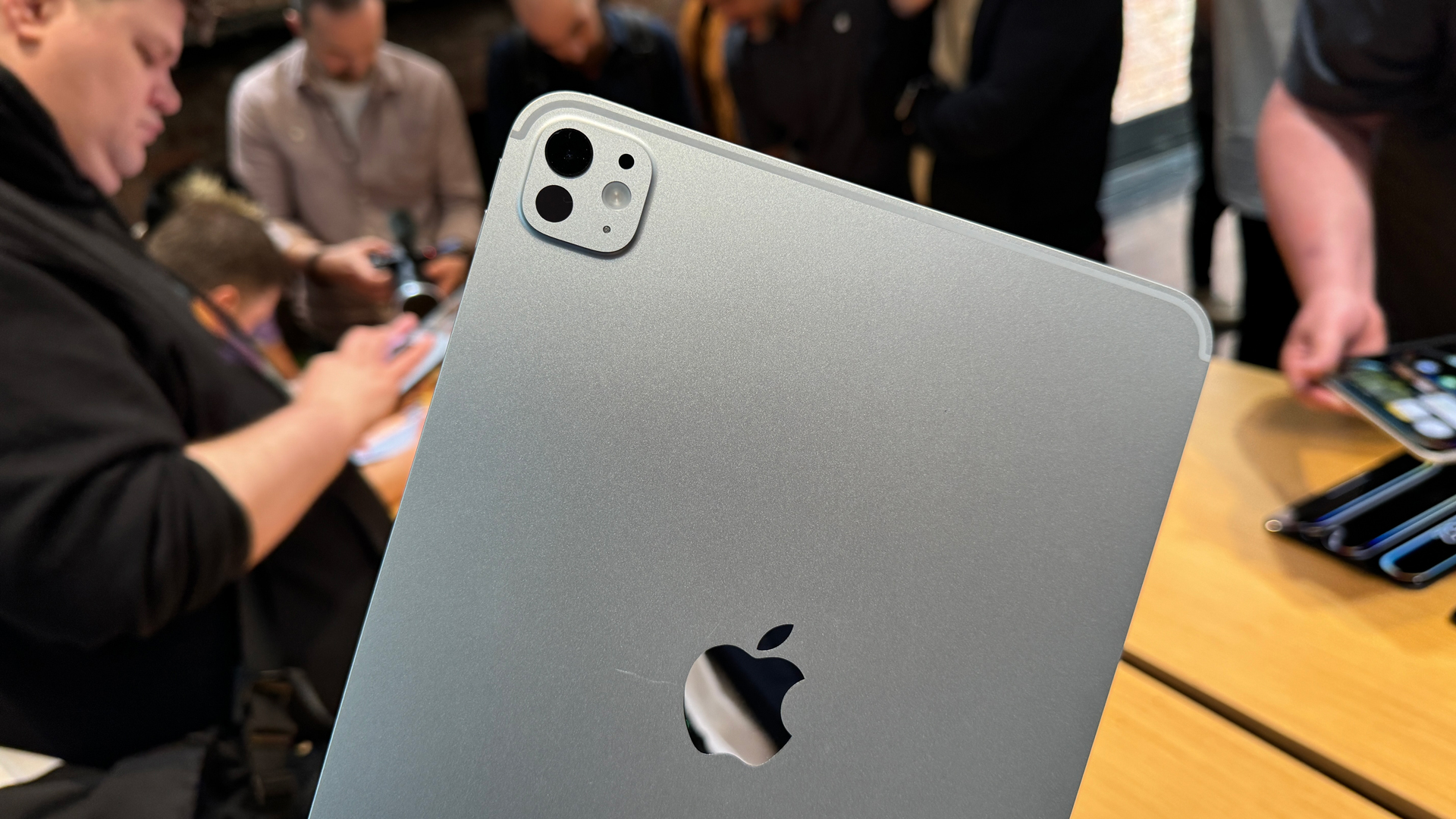
The iPad Pro (2024) has a 12MP f/1.8 main camera, just like its predecessor, but it lacks the iPad Pro (2022)’s 10MP ultra-wide camera. So now there’s just a single-lens camera on the back rather than a dual-lens one.
You do still get LiDAR, and there’s an upgraded True Tone flash, but the removal of a lens from Apple’s top iPad is a surprising move. Is this the company saying that rear cameras don’t much matter on tablets?
Whatever the case, if you plan to use your iPad for much photography, you might want to think twice about buying the new iPad Pro.
2. You won’t get a charger in the UK or EU
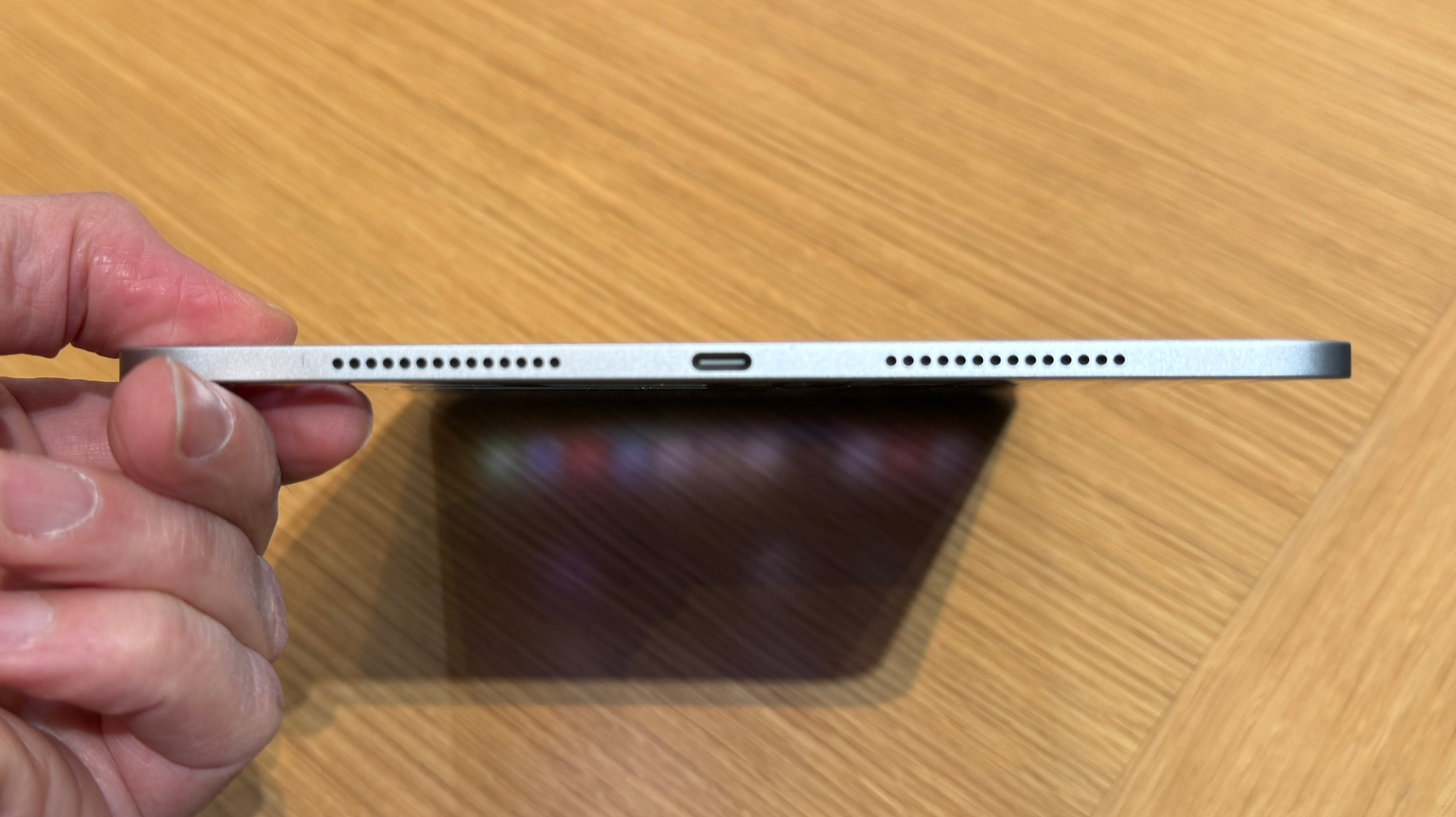
Apple stopped shipping chargers with iPhones a while back, so you might have assumed the same was true with iPads, but it wasn’t – until now. Oddly though, this change doesn’t currently apply to the US or Australia, so if you buy the iPad Pro (2024) or iPad Air (2024) there you’ll still get a power adapter. But in the UK and EU you won’t, you'll just get a USB-C cable.
Sign up for breaking news, reviews, opinion, top tech deals, and more.
It’s odd both that Apple is only just making this change (given that it touts the lack of a charger as being better for the environment) and that it’s currently only a change that’s being made in some regions.
But in any case, you’ll have to make use of an existing USB-C charger or buy a new one if you live in the UK or EU, while for those in the US this could be a sign of things to come.
3. The 1TB and 2TB Pro models have an extra CPU core and more RAM
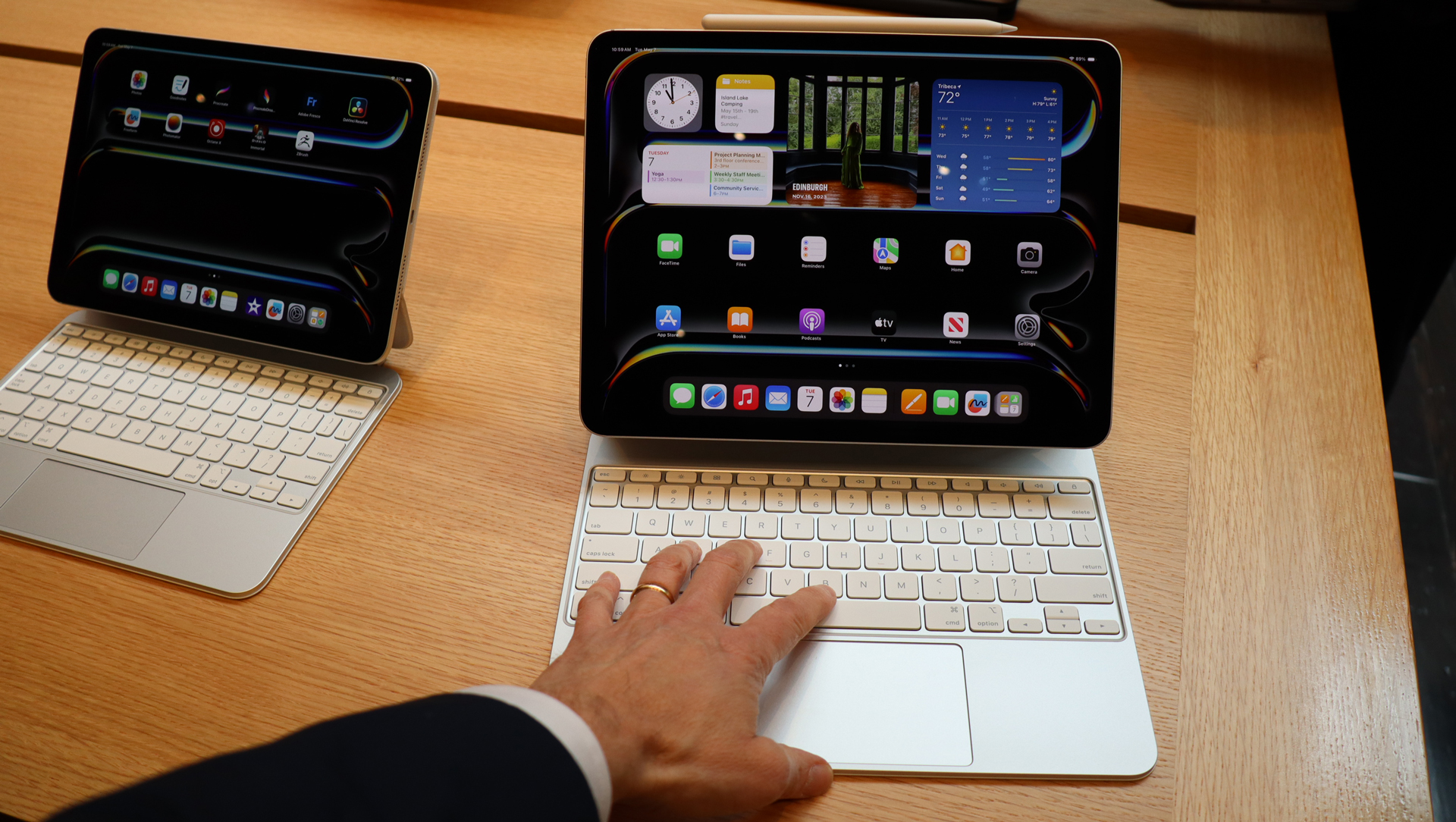
If you want the most powerful Apple tablet of all, then buying a 256GB or 512GB iPad Pro (2024) won’t cut it, as while all versions of this tablet have an M4 chipset, the 1TB and 2TB models have an extra CPU core, bringing it up to ten cores in total, compared to nine in the lower storage models.
The extra core is a high-power performance core, giving the 1TB and 2TB models four performance cores, while the others have just three.
On top of that, you also get twice the RAM in the 1TB and 2TB models, at 16GB rather than 8GB – though Apple has been putting more RAM in the top capacity Pros for a while, so that’s less surprising.
4. The 13-inch iPad Air has a brighter screen
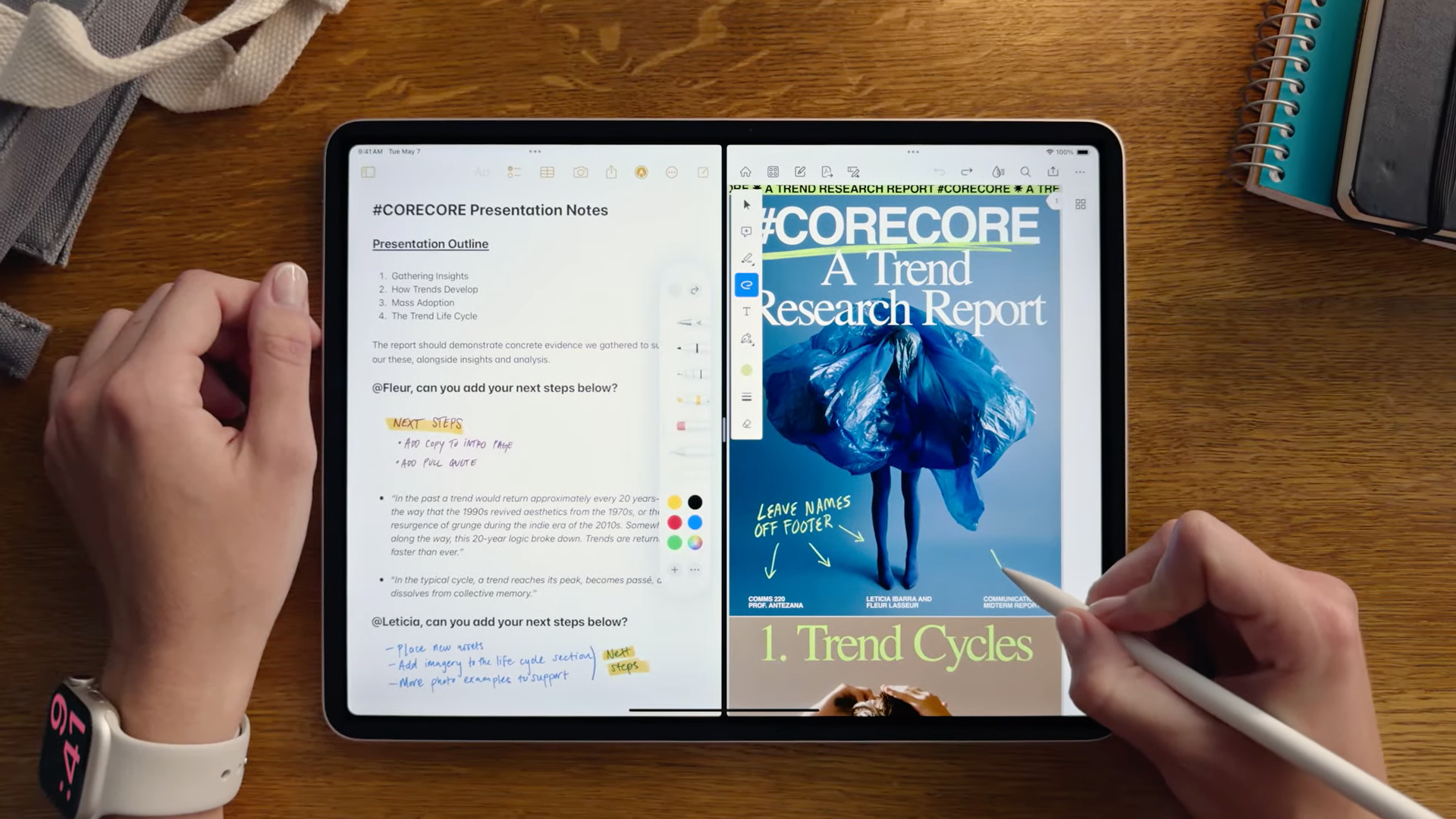
You might assume the only real difference between the screen on the iPad Air 13-inch (2024) and the iPad Air 11-inch (2024) is its size. In fact the 13-inch model also has a slightly brighter display, reaching up to 600 nits of brightness, compared to 500 nits on the 11-inch model.
That probably won’t make a drastic difference most of the time, but it’s worth being aware of, and means the iPad Air 13-inch (2024) has a better display – as well as it simply being bigger.
5. The new iPad Pro has one less microphone

Apple has talked up the fact that the new iPad Pro has “studio-quality” microphones, but the previous iPad Pro does too, and it has one more of them, for five total compared to four microphones on the new iPad Pro (2024).
Will that make much difference? It’s unclear at this stage. Four microphones still sounds like a reasonable number, and it’s possible that they’ve been upgraded in other ways (though Apple doesn’t appear to have said so), but in terms of sheer numbers, the iPad Pro (2022) has this beat.
6. The 13-inch iPad Air has better bass

Also on the audio front, the iPad Air 13-inch (2024) is advertised as having “landscape stereo speakers with 2x bass”, while the 11-inch model lacks the “2x bass” bit.
So while both models have stereo speakers, if you want punchy sound you’ll probably be better off with the 13-inch iPad Air.
7. There’s no always-on display
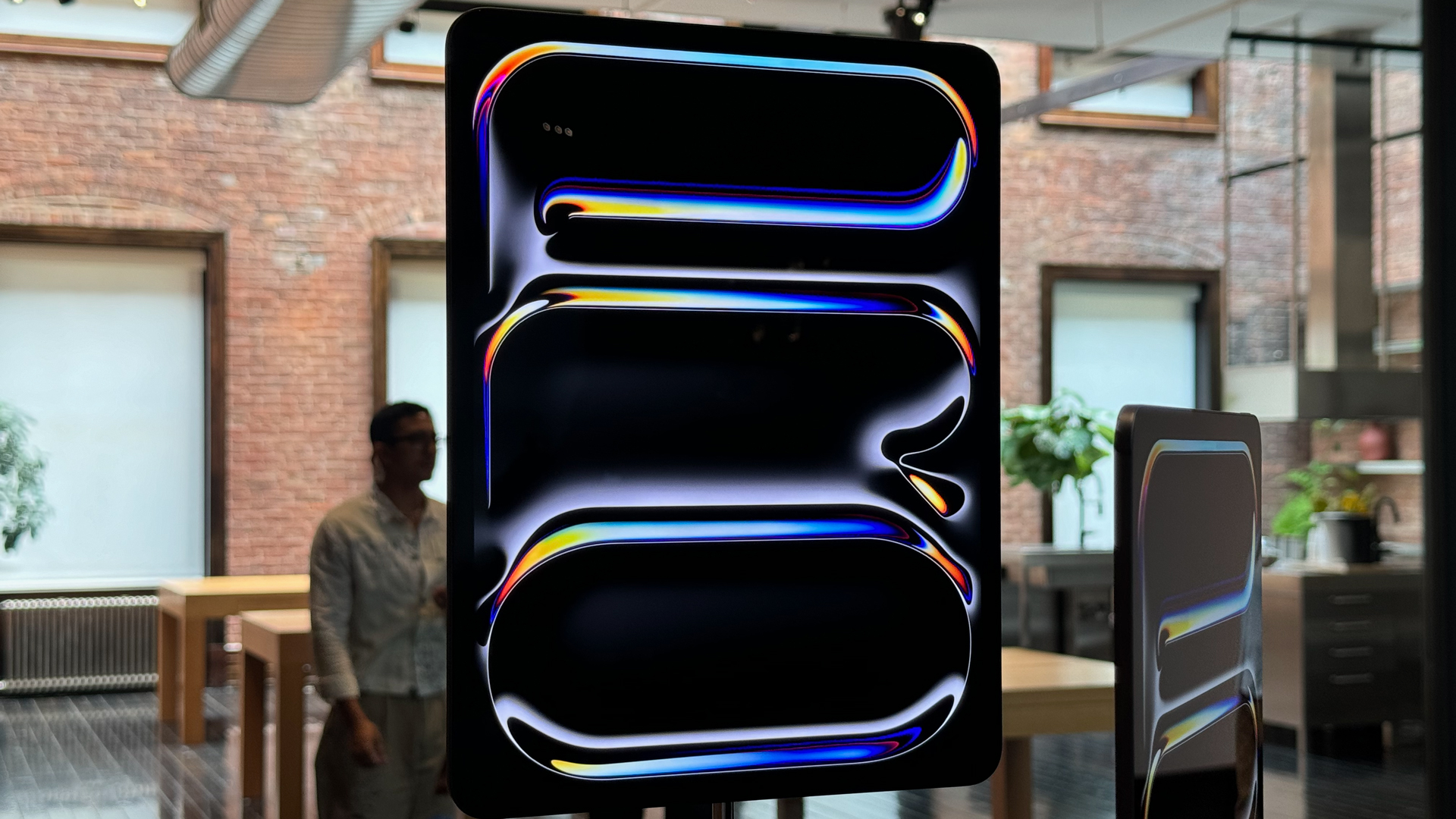
Apple has finally switched to OLED for its iPad Pro line, and with this change the lowest refresh rate the screen can manage is 10Hz, dropping from 24Hz on the previous iPad Pro. However, that’s still presumably not low enough for an always-on display, as this feature remains exclusive to iPhones and Apple Watches.
Presumably that’s because at 10Hz it would still drain too much battery (compared to the 1Hz that the likes of the iPhone 15 Pro can drop to). Though the ‘Tandem OLED’ used here does at least have some other battery saving skills, with display expert Ross Young claiming on X that power consumption is reduced by 20-40% compared to standard OLED.
8. The nano-texture glass option is only available for 1TB and 2TB iPad Pros

One new option offered with the iPad Pro (2024) is nano-texture glass for the display. This is a feature Apple already offers on its Studio Display, and it offers extremely low reflectivity, minimizing glare even in brightly lit locations.
It’s a paid upgrade, but it’s only available if you choose a 1TB or 2TB iPad Pro. Apple probably assumes that only creative professionals would generally want this, and that such people would likely want loads of storage anyway. But it still seems odd that it’s not even an option with lower storage models.
9. There's no nano-SIM option

The previous iPad Pro and iPad Air cellular models had both a nano-SIM and an eSIM, now though, eSIM is your only option.
This limits you to mobile carriers that support eSIM if you want cellular data on the iPad Pro (2024) or iPad Air (2024). Many now do support this so it’s not a huge problem, and it's an unsurprising change since – in the US at least – Apple already removed physical SIM cards from iPhones, but it’s worth being aware of.
10. The 9th gen iPad is no more
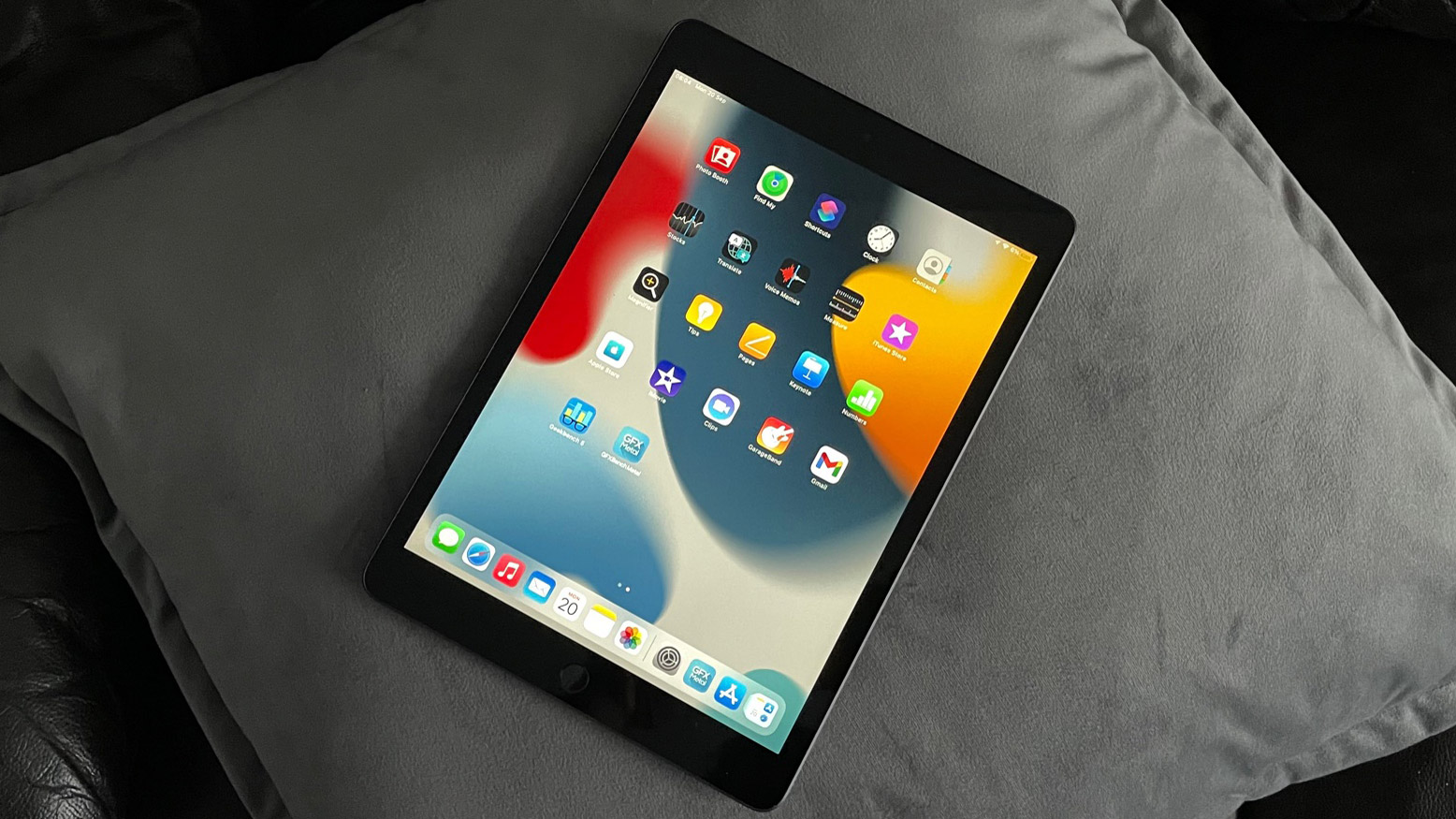
Not so much a thing about the iPad Pro (2024) or iPad Air (2024), but when launching these new slates, Apple also quietly discontinued the iPad 10.2 (2021).
This isn’t totally surprising – it’s the last model that had a Lightning port, so now all of Apple’s tablets use USB-C. It’s also not the latest standard iPad model, and Apple lowered the price of the iPad 10.9 (2022) at the same time to $349 / £349 / AU$599.
But if you were hoping to buy a 9th-gen iPad you should act fast, while some third-party stores still have stock.
You might also like
- Hands-on iPad Pro 13-inch (2024) review: the impossibly thin king of iPads
- Hands on: iPad Air 13-inch (2024) review: you no longer need to go Pro
- Apple iPad event 2024 – 9 things we learned from the Let Loose event
James is a freelance phones, tablets and wearables writer and sub-editor at TechRadar. He has a love for everything ‘smart’, from watches to lights, and can often be found arguing with AI assistants or drowning in the latest apps. James also contributes to 3G.co.uk, 4G.co.uk and 5G.co.uk and has written for T3, Digital Camera World, Clarity Media and others, with work on the web, in print and on TV.